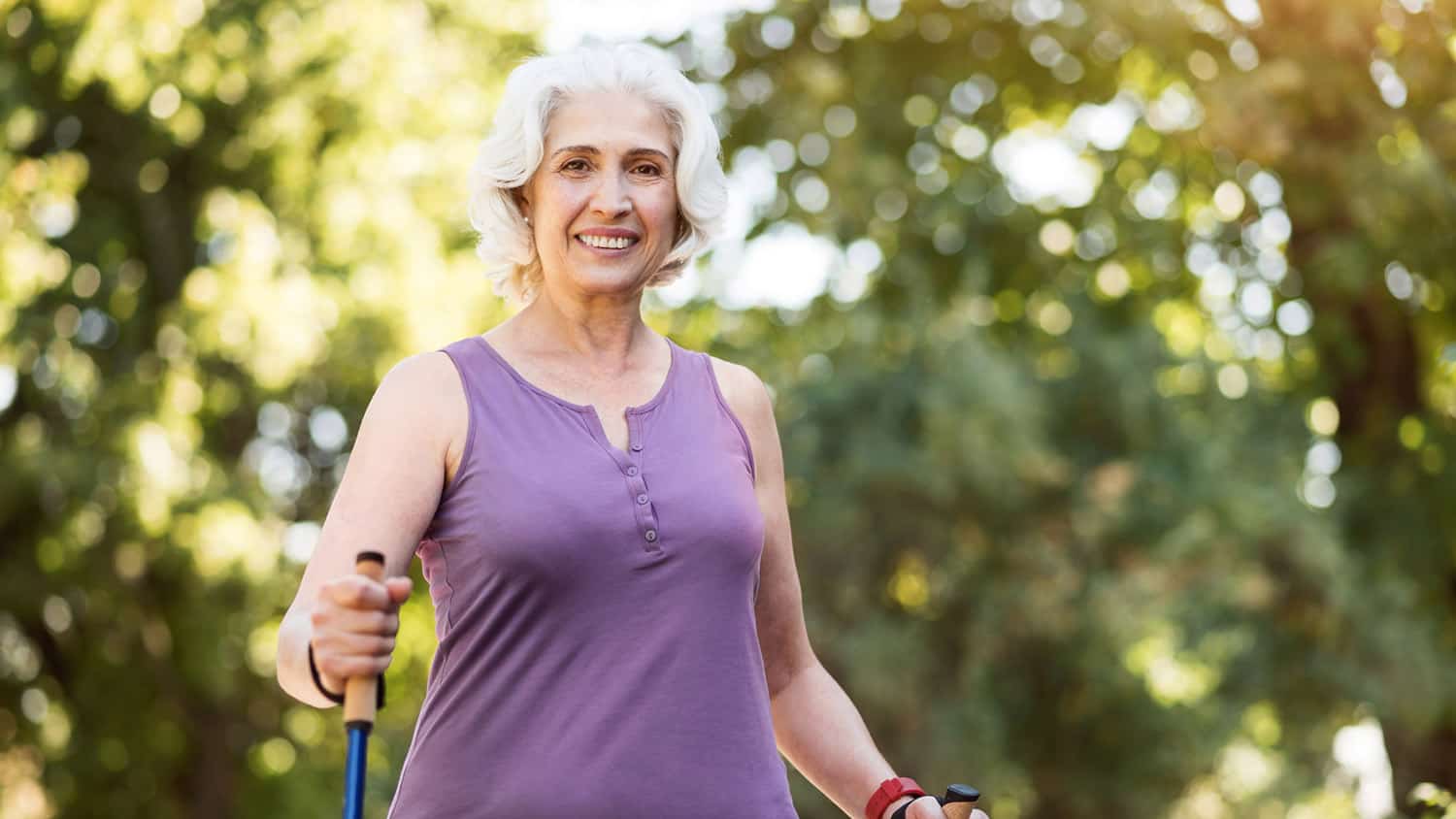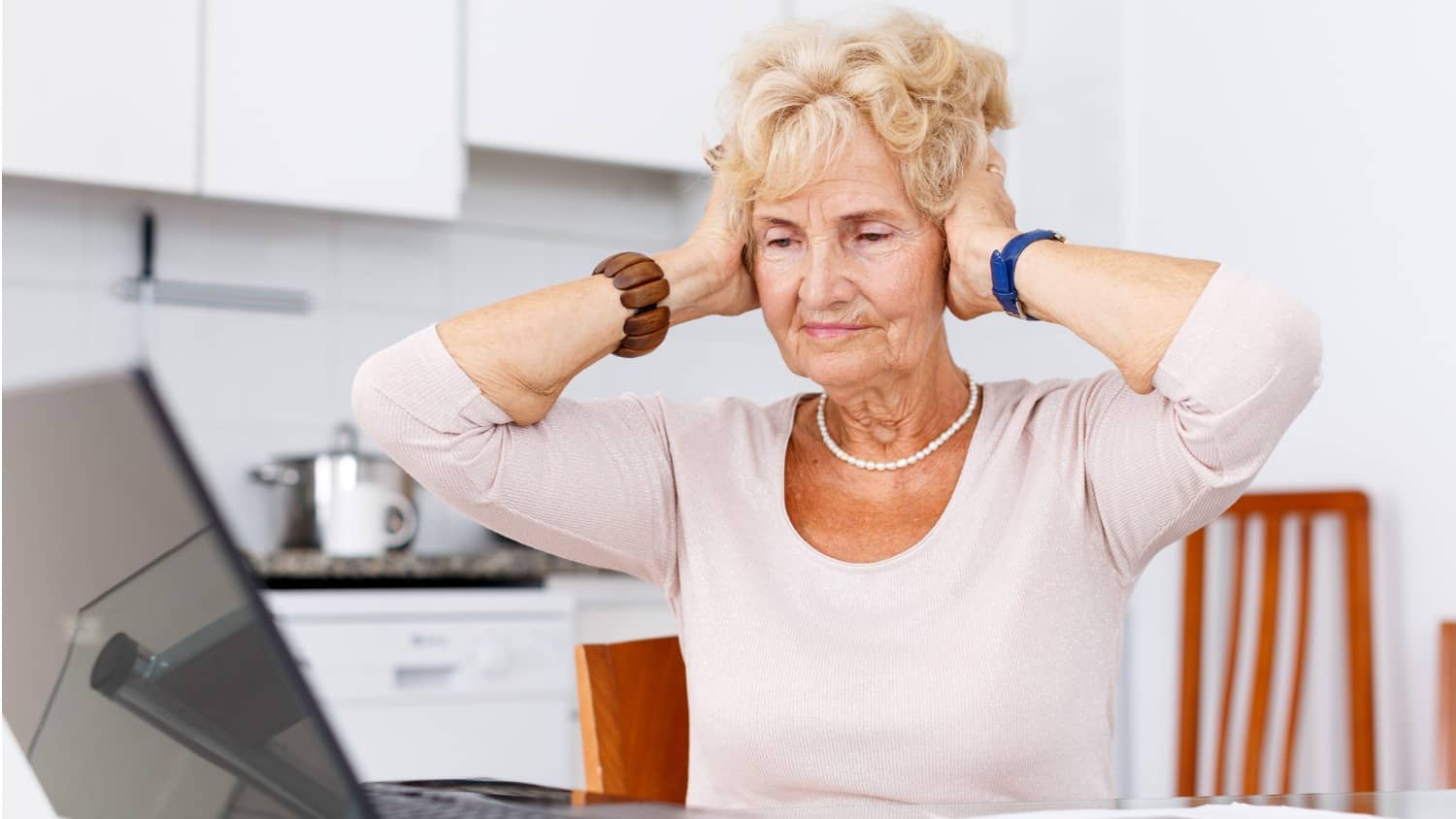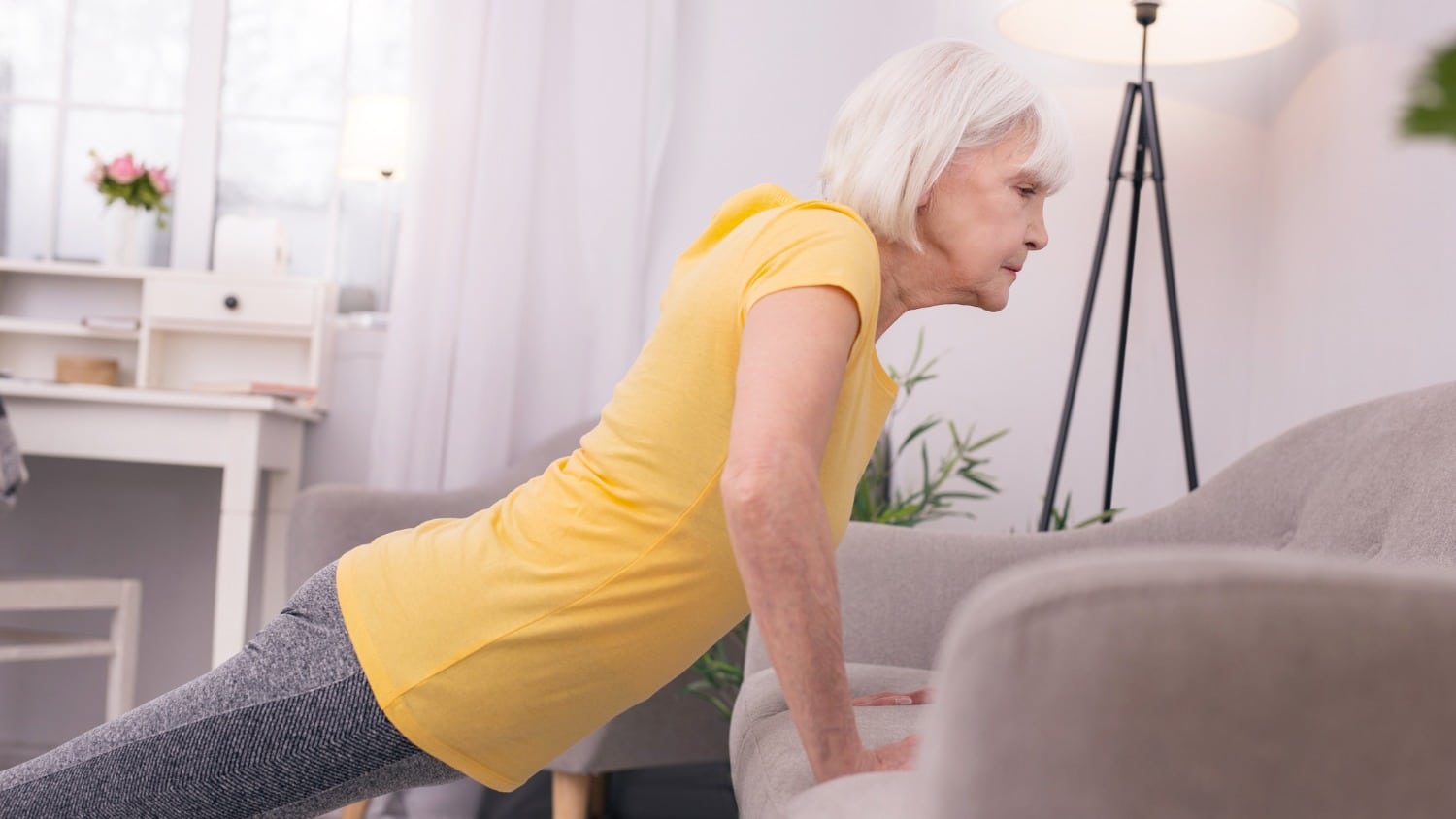
For Optimal Health After 60, Focus on Movement Instead of Exercise
How much time do you spend thinking about how you move throughout the day? If you’re not getting the health results you want, your movement is likely a huge factor!
Movement comes down to a matter of convenience. Today, moving more to perform daily tasks is viewed as an inconvenience. We now have access to devices serving the sole purpose of making our lives easier, from electronic kitchen appliances to phones to vehicles.
But what these devices are doing is externalizing the work of your muscles, outsourcing the work of your own body. “Upgrading” your products often results in doing less work throughout our day.
However, these “conveniences” come with a major downside.
Humans Are Intended to Move
Your movement impacts not only your physical health but your mental health and well-being as well. The focus of my work as a physical therapist is to improve a person’s quality of life through movement. Over the years, I’ve noticed a common theme.
The mindset has shifted, and movement is viewed as “inconvenient” rather than a necessary part of a full and healthy life. The first step in taking your life back involves reversing this mindset that contributes to declining health over time.
For optimal health, you can keep it simple (though simple is not always easy) and start to build more movement into your daily life by trading out perceived conveniences for inconveniences.
Over time, this eliminates the need for separate exercise to compensate for a sedentary lifestyle. This may seem counterintuitive at first but contributes to better health in the long run.
Adopting a regular movement practice is a great place to start. A basic understanding of the guiding principles of a movement practice will help get you started on the right foot.
Principle #1: Movement Is Essential
Movement is a physiological need for humans, like food and water. Like food, our movement should be of high quality and offer a variety of “movement nutrients.” But modern life and our environment often result in repeated movement patterns and a lack of variety.
We tend to look at movement as something we need to get out of the way rather than something to be practiced and performed all throughout the day.
Everybody Needs to Move in Some Way Every Day
Much like our diet must consist of a variety of vitamins and minerals for us to stay healthy, our movement needs variety as well.
Repeating the same movement patterns day in and day out can starve certain cells of your body and lead to muscle imbalances. This leads to immobility in certain parts of the body. Start to think of movement as essential, and you’ll make it a bigger focus of your day with practice.
Principle #2: “Movement” Is Different Than “Exercise”
Movement science is focused on the importance of daily “exercise” and what defines the best type of exercise. But somewhere along the way, we’ve forgotten that “movement” is not the same as “exercise.”
Exercise was created in response to the negative consequences of our modern environment on the human body. As amenities continue to make our lives easier, our bodies suffer from the effects of convenience leading to ever increasing rates of diabetes, obesity, and other chronic diseases.
A new field of exercise science was created to undo these effects and the byproduct was an emphasis on daily exercise.
The daily recommended minimum of 30 minutes of moderate physical activity per day doesn’t “undo” the effects of being sedentary for the other 23.5 hours of the day.
The purpose of using exercise should be to work toward finding new mobility and strength, allowing you to use larger natural movements throughout the day.
The conversation of movement science has become very polarizing and definitions of “movement” have become narrower. This makes our society feel as though we are separated into “exercisers” or “non-exercisers” rather than all people being considered “movers.”
Our movement differs: some of us use movement as a means to get around our homes and communities while others are competing in the highest levels of the CrossFit Games. The commonality, however, is that movement is essential to all individuals.
Movement matters for everyone, from those competing in the Olympics to the most medically compromised individuals. Whether your goal is to be able to safely walk to and from your bathroom, or deadlift hundreds of pounds, your movement matters.
Principle #3: Not All Movement Is Created Equal
With all of that being said, some movement is always better than no movement. However, not all movement is created equal.
Your body functions in its’ healthiest form if you walk 3–5 miles throughout the day. Your circulation, immunity, and the strength of your bones depend on the function of your muscles for beneficial activities like walking.
Other movements cannot replace your body’s need to walk; however, they can be used as a supplement. For example, riding a bike is not the same experience as walking for your body, though this is an objectively better activity than spending that time on a couch.
By a similar token, walking on a treadmill is not the same as walking overground. Recognizing that not all movement is the same is an essential component of being a better mover.
Movement is complicated, and yet such a simple concept. There are more nuances to movement than most of us realize. It’s not as easy as defining movement or exercise as “good” or “bad.”
It all depends on your goals. If your goal is to win the Tour de France, then practice by riding a bike. If your goal is to improve the bone density of your hips, walking overground is the best choice.
Now that you understand the basics of movement you can start to build your own movement practice. Understanding that your body adapts to how you move is the first step. From there, you can start to make observations of your own movement to learn where you need to make changes.
Let’s Have a Conversation:
How can you get moving today? When was the last time you counted your steps? How do you feel when you don’t have much movement in your day? How can you improve your movement practice? Let’s get the conversation going!
Tags Healthy Aging







This was a great article.For years we have been “exercise shamed” if we are not going to the gym several times a week, or walking 5 miles everyday. While aerobic and strength exercise are important, so are raking the leaves and hauling the leaf bags to the curb, or not moving your car to a different spot in the same parking lot to be closer to a second store. Moving should be a life long habit to complement “traditional” exercise.
Great article and I totally agree with Irene! I still wash my car and do not own a Roomba to do my floor cleaning for me. Taking care of my yard gives me quite a weight bearing workout several times a week.Movement lubricates the joints and keeps our bones strong. While I am only 66, I hope my daily movement will keep me in good shape for the decades ahead.
I just feel physically better when I move daily and manual “labor” isn’t given enough value in our modern lives.